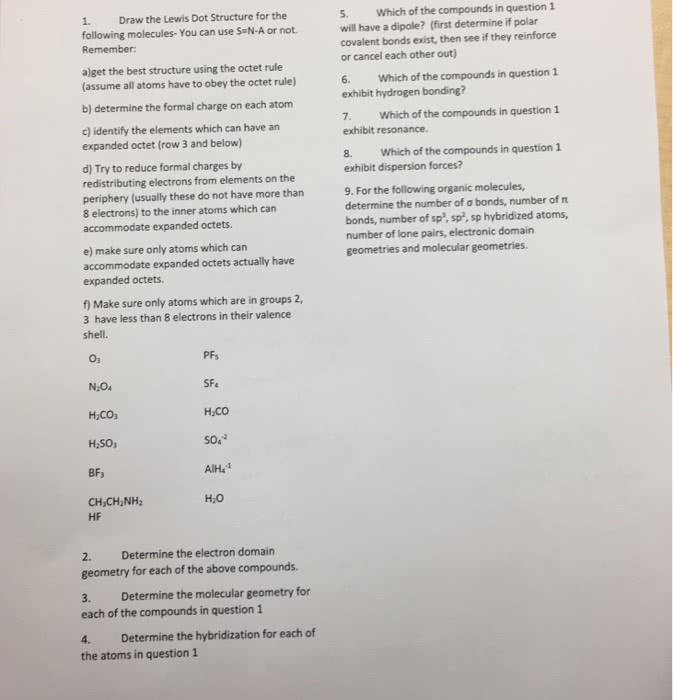CHMA10H3 Lecture Notes - Lecture 19: Chemical Polarity, Potential Energy, Covalent Bond

36
CHMA10H3 Full Course Notes
Verified Note
36 documents
Document Summary
Non-metals atoms have relatively high ionization energies, so it is difficult to remove electrons from them. When non-metals bond together, it is better in terms of potential energy for the atoms to share valence electrons: potential energy lowest when the electrons are between the nuclei. Shared electrons hold the atoms together by attracting nuclei of both atoms. Covalent bond: chemical bond in which electrons are shared between two atoms. Octet rule : atoms in compounds tend to arrange their electronic structures in order to acquire 8 valence electrons: hydrogen is an exception (there is always at least one ) Octet rule generally only applies to 2nd row elements: for 3rd row or lower atoms, exceptions are common. Atoms may share more than one pair of electrons. Polar covalent bond (polar bond): a covalent bond with greater electron density around one of the two.



